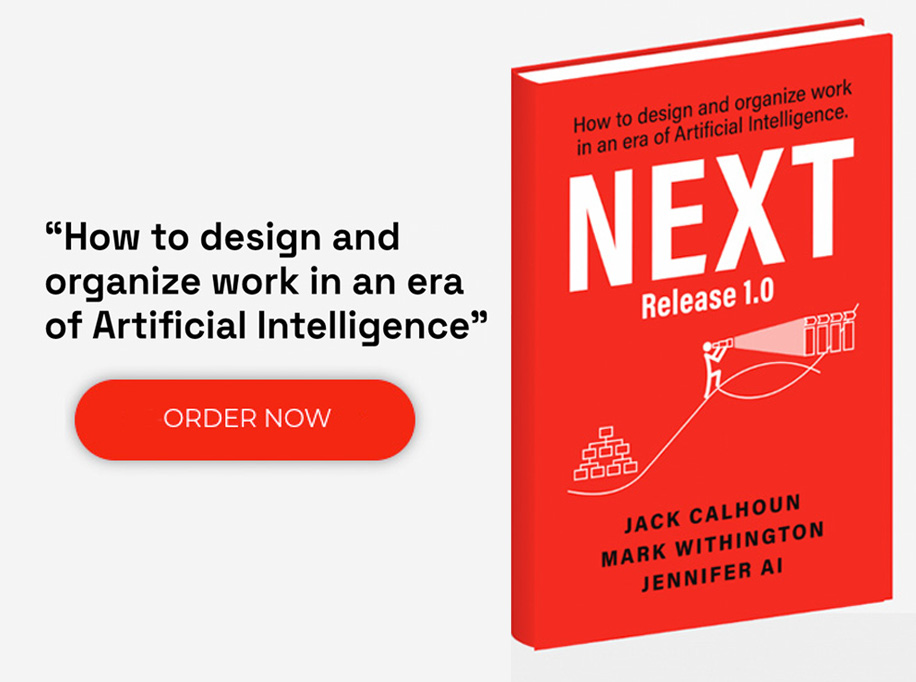A well-defined business architecture is essential for organizations looking to bridge the gap between strategy and execution. Business architecture is a comprehensive framework that integrates various functions across departments, ensuring a cohesive approach to achieving business objectives. By leveraging this discipline, companies can align people, processes, and technology to optimize value creation and navigate today’s competitive landscape.
What is Business Architecture?
Business architecture is an organization’s structural blueprint. It demonstrates how critical elements like people, processes, information, and technology work together to define the organization and deliver value. Each department contributes uniquely to the business, but these areas must be interconnected and aligned with the organization’s strategic priorities for maximum impact. Business architecture provides the clarity needed to identify opportunities, map out pathways for growth, and ensure that business strategies are effectively implemented.
A successful business architecture must recognize and account for all perspectives–from executives to team members across departments. Doing so ensures all insight is valued while providing the scaffolding needed to create a cohesive framework. Think of business architecture as a practical discipline that illustrates how the essential parts of an organization come together. By understanding these relationships, businesses can craft more powerful strategies that directly connect high-level goals with daily operations, ensuring seamless execution and long-term success.
Business Architecture Framework
A business architecture framework is an action plan that transforms theoretical concepts into practical, actionable strategies. It serves as a guide that helps organizations turn high-level ideas into tangible projects, complete with clear steps and assigned responsibilities. By laying out a structured approach, the framework ensures that every part of the organization is aligned with its overarching goals.
This framework helps plan, coordinate, and implement objectives across various departments. It defines how resources, processes, and teams work together to achieve the organization’s vision, ensuring everyone understands their role in driving success. By connecting strategic objectives with day-to-day execution, the business architecture framework provides a roadmap that organizations can follow to efficiently reach their goals and respond to challenges as they arise.
What Makes Up an Effective Business Architecture Strategy?
A successful business architecture strategy comprises several critical components that foster alignment between goals and execution.
Clarity
For a strategy to be meaningful, clarity is essential. Without clarity, the approach will likely be disjointed, and siloed will persist, causing confusion and missed opportunities. The organization’s goals and direction must be clearly defined and communicated across all levels. Strategic objectives must be collaboratively developed and understood by everyone involved so that all teams work towards the same outcomes. Clear vision and communication allow every part of the organization to align their efforts and focus on achieving goals.
Assessment of Capabilities and Assets
A successful business architecture strategy requires thoroughly assessing an organization’s current capabilities and assets. Identifying whether the resources on hand are sufficient to achieve the goals is important. Understanding capability gaps is crucial, as this insight informs what additional resources, skills, or technologies must be acquired to meet the objectives. In some cases, understanding capabilities and assets may inspire innovation and creative solutions. For example, underutilized assets could be repurposed to meet new strategic needs. Tools like value stream analysis and capability mapping can help pinpoint where the organization can improve or invest, illuminating a path for both short and long-term growth.
Creativity
Complex problems, particularly those caused by digital disruption, demand more than traditional approaches. A robust business architecture strategy structures the approach to these challenges by fostering innovative thinking and developing customized solutions tailored to the problem. This means not just following standard methodologies but adapting strategies to solve unique and difficult issues in ways that align with the overall business goals.
A Strategy-to-Execution (S2E) Approach
A well-defined S2E framework ensures that every step, from conceptualization to implementation, is structured and actionable. Within S2E, the strategy consists of three phases:
- Envision: This involves aligning strategic goals on a single page using Objectives and Key Results (OKRs) and mapping these to a high-definition operating model that includes people, processes, technology, and governance. This step ensures clarity and alignment from the start.
- Create: This phase involves developing a portfolio of projects supporting current and future value propositions. The projects are directly linked to the organization’s OKRs, allowing for clear measurement of success. The phase also involves prescriptive design, integrating technology and other solutions into the strategy.
- Operate: This entails project implementation and measurement. The organization must treat its value proposition as an evolving asset, constantly reassessing and refining it to respond to customer needs and market changes.
Measurement and Adaptation
No strategy is complete without a method for measuring its effectiveness. Regular metrics and evaluations are essential to understanding whether the strategy delivers the desired results. By tracking progress, organizations can adapt and refine their approaches, ensuring that initiatives remain aligned with business objectives and market demands.
By focusing on these critical elements, organizations can develop a business architecture strategy that captures their goals and delivers measurable, impactful results.
Common Business Architecture Challenges
Implementing a business architecture strategy can be complex, and several challenges frequently arise. Here are some of the most common issues businesses face:
Ignoring Context
Understandably, organizations often get so focused on solving a specific problem that they overlook the broader context, such as market conditions or internal dynamics. Addressing glaring, immediate concerns is important, but a successful strategy must take a holistic view. This approach ensures solutions are not myopic and only effective in the short term but also attuned to broader objectives and external factors. Keeping the bigger picture in mind helps avoid solutions that may inadvertently cause issues down the road.
Focusing More on Problems Than Opportunities
Business architecture often revolves around solving problems like cost inefficiencies or operational bottlenecks, but focusing solely on issues can cause businesses to miss out on growth opportunities. An effective strategy must also consider ways to leverage existing strengths and explore new possibilities. This could mean utilizing underused assets, forming partnerships, or entering new markets. Organizations can make the most of digital disruption by shifting focus from problem-solving to opportunity-seeking.
Mistaking the Business Model for the Deliverable
While models are essential in business architecture, they are not the final deliverable. The value of models like capability maps, process flows, and org charts lies in their ability to drive insights and lead to real-world improvements. Overly complex or theoretical models can be distracting if they don’t translate into practical outcomes. The goal should be to create models that directly support business objectives and are easily understood by stakeholders, leading to clear, feasible steps.
Insufficient Funding
It’s easy to identify more potential projects than the budget can support. If this happens, work through initiatives and prioritize based on strategic importance. Without proper prioritization, resources can be spread too thin, weakening the impact of the most valuable projects. A solid business architecture strategy includes an investment model that helps leaders decide which initiatives should be funded. This ensures that the most impactful projects receive the necessary resources to succeed.
Glossing Over Metrics
Even with a well-executed strategy, organizations can struggle to measure success if they lack clear metrics. Effective business architecture requires defining metrics from the start to track the progress and impact of initiatives. Regularly review these metrics and make adjustments as needed.
Navigating Business Architecture with Accelare
At Accelare, we take a distinct and forward-thinking approach to business architecture, emphasizing digital transformation in the face of ongoing digital disruption. For more than 20 years, we’ve helped organizations leverage technology to automate outdated processes and fundamentally transform their capabilities. We guide businesses in creating innovative products, services, and experiences for customers and employees by harnessing the power of emerging technologies. Our comprehensive approach addresses change from the C-suite to the front lines, using prescriptive, transparent, and–most importantly–successful business architecture practices.
We believe that understanding your organization’s readiness for digital transformation is key to thriving in today’s competitive landscape. If you’re curious about how your business is exposed to disruptive technologies like AI, IoT, and Big Data, we invite you to take our quick, 4-minute assessment.
Upon completion, you’ll receive a personalized evaluation detailing your organization’s exposure to digital disruption through our Enterprise Fitness framework, which includes insights into four key areas:
- The Domains of Digital Disruption
- Your Organization’s Digital Exposure
- The Digital Disruption Maturity Model
- Your Organization’s Digital Disruption Maturity Level
Start your journey toward successful digital transformation today and gain a deeper understanding of how your organization’s business architecture can be strengthened to navigate the challenges and opportunities posed by disruptive technologies.











